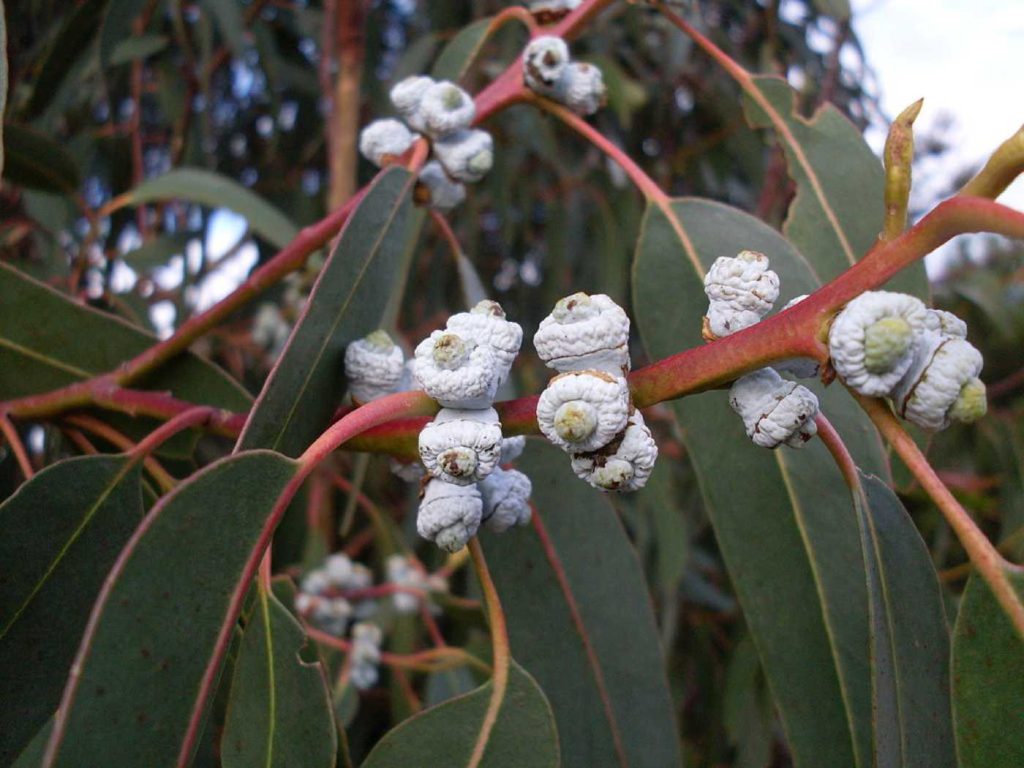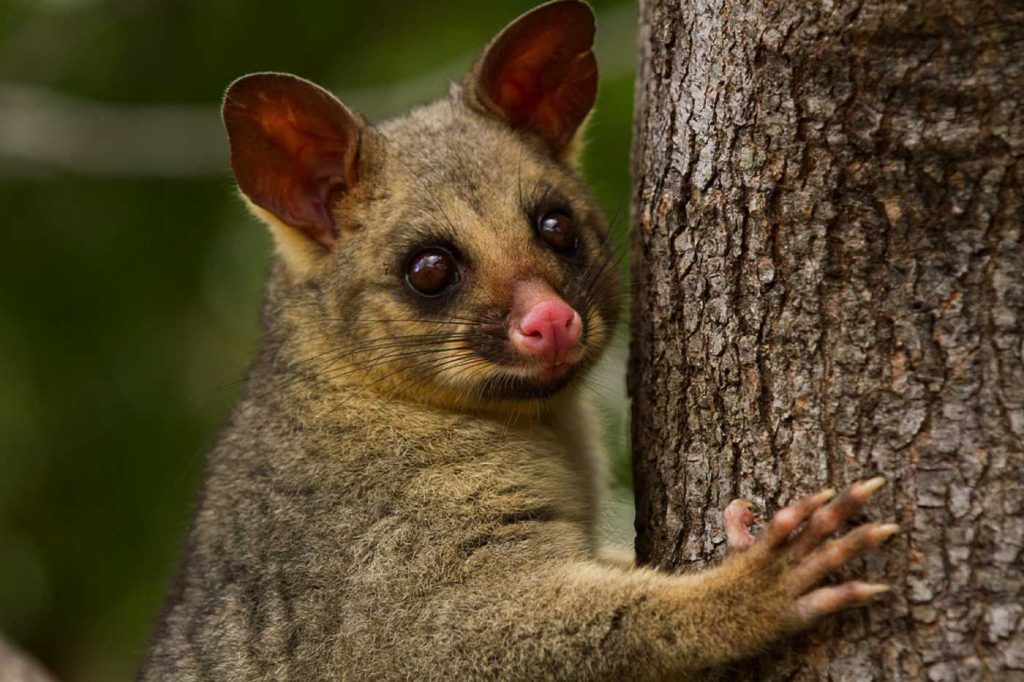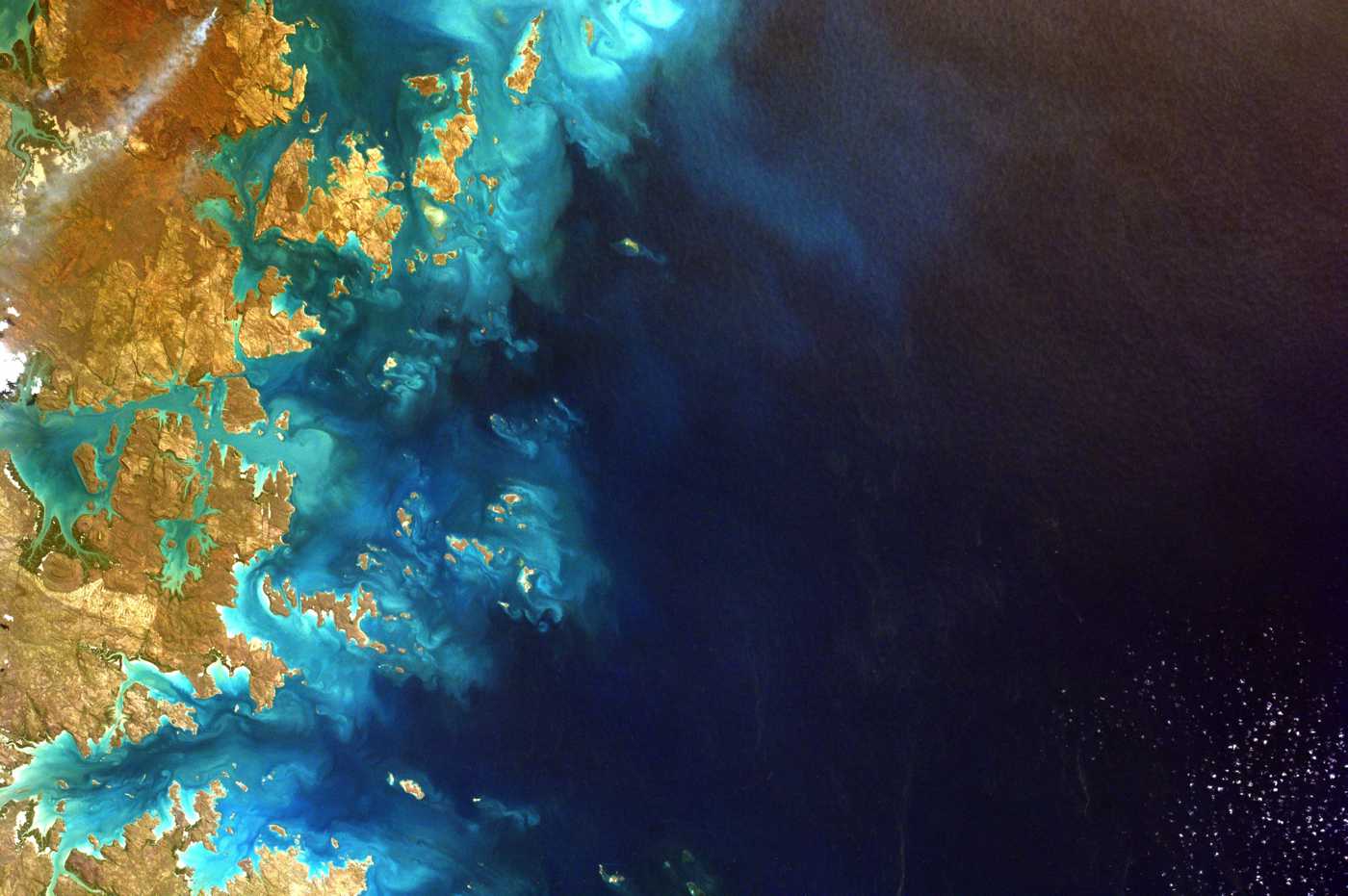In Australia, we are no strangers to invasive species. You’ve probably already seen one today – a house sparrow under the table while you were grabbing a morning coffee, or a European honey bee buzzing around that flowering bush outside your house. We know too well how invasive species can disrupt our delicate ecosystem and wreak havoc on native flora and fauna. But Australia’s native species are not only victims of the damage caused by invasive pests – they are sometimes the perpetrators. Here we list some of the worst offenders.
Blue gum eucalyptus in California, USA
Give me a home among the gum trees… in California? Blue gum eucalyptus (Eucalyptus globulus) was introduced to California in the 19th Century as a source of timber. While blue gums don’t seem to be causing problems everywhere they are established, they have been criticised for increasing fire risk because of their flammability and for extracting much more water from the soil than their native counterparts. For this, as well as their ability to displace native plants in the ecosystem, blue gums are classified as aggressive, widespread pests in California. Blue gums have also been introduced in other areas around the globe, including Chile, Portugal, Spain, and South Africa.

Brown tree snake in Guam
Originally native to northern Queensland, as well as Indonesia and Papua New Guinea, the brown tree snake (Boiga irregularis) likely arrived on Guam as a stow-away on a cargo ship. Like many small islands in the Pacific, Guam’s wildlife had not evolved alongside predators such as the brown tree snake, making them easy pickings. Unfortunately, the brown tree snake has led to the extinction of nine of the 12 native forest birds and two of 11 native lizards on Guam. As well as the devastating impact on the ecosystem, the introduction of the brown tree snake has also cost Guam millions of dollars’ worth of damage. The snakes cause frequent power outages by climbing power lines and getting into transformers and electrical boxes.
Melaleuca in Florida, USA
This well-known paperbark native to eastern Australia (Melaleuca quinquenervia) is causing major problems in Florida. Melaleuca easily outcompetes native plants, resulting in virtual monocultures in everglades and wetlands. Methods to control the Aussie pest, including herbicides and fire control, have mostly proven to have little or no effect. However, recently researchers have begun testing the use of biological control methods – mainly using the Australian melaleuca weevil. Now, it seems that coordinated efforts that employ a combination of chemical, mechanical and biological control methods may help to control and reduce the Melaleuca in Florida.
Brushtail possums in New Zealand
In Australia, brushtails may cause the occasional nuisance by getting into your roof, but in New Zealand they are causing much more damage. Introduced in 1837 to establish a fur trade, brushtail possums (Trichosurus vulpecula) have become well established in New Zealand thanks to the palatable vegetation and lack of predators. They are now considered one of the most devastating invasive species in New Zealand. Not only do the brushtails over-graze the vegetation and outcompete native herbivores, they have also been known to predate on native parrot, the kea – a nationally endangered species. Brushtails are also a damaging agricultural pest thanks to their ability to transmit bovine tuberculous. New Zealanders have been attempting to control the possums with hunting, trapping and baiting – but unfortunately with not much success.

Wattles in South Africa
Another iconic Australian native plant, the black wattle (Acacia mearnsii) has gone feral across the globe, and can now be found on almost every continent. In South Africa, the wattle has invaded grasslands and outcompeted native counterparts, thereby reducing the land available for grazing. However, despite being one of the country’s most serious invasive pest species, black wattle is also used as a source of wood, with South Africa exporting large amounts for use in making chipboards. For this purpose, there are large numbers of commercial plantations of black wattle in South Africa, which unfortunately feed the invasion.


Leave a Reply